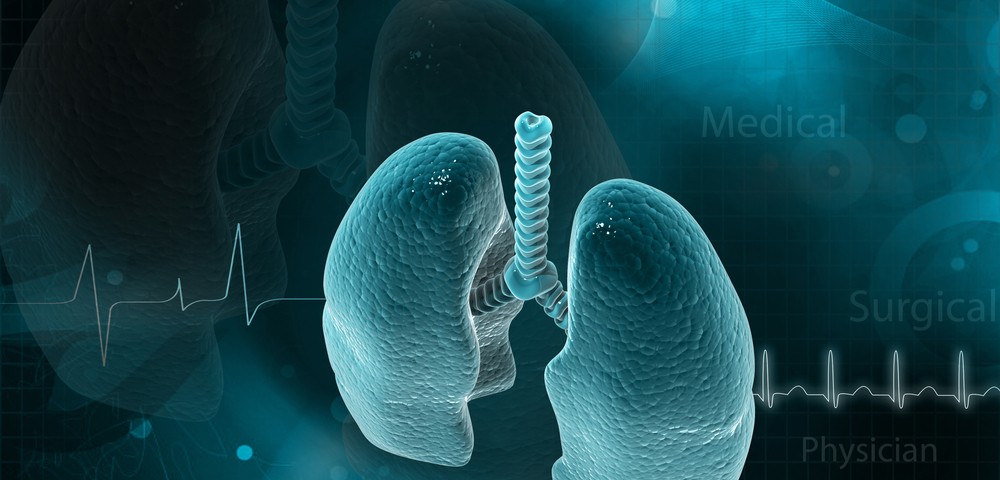In a new study, researchers from the Vienna General Hospital, Medical University of Vienna and collaborators have identified hemodynamic variables that are essential for the differentiation between pulmonary arterial hypertension (PAH) and post-capillary pulmonary hypertension (PH) — conditions that require different treatment options. The research paper, entitled “Hemodynamic thresholds for pre-capillary pulmonary hypertension,” was published in CHEST.
Pulmonary hypertension (PH) is characterized by an increase in mean pulmonary pressure above the 25 mmHg at rest. Different combinations of values of hemodynamic variables have been proposed to help distinguish between the different clinical groups that make up the large PH group of diseases. One of the most important variables is pulmonary wedge pressure (PWP), which allows clinical division into pre-capillary (PWD ≤15 mmHg) and post-capillary pulmonary hypertension (PWD>15 mmHg). Pre-capillary PH includes clinical group 1 (pulmonary arterial hypertension, PAH), 3 (pulmonary hypertension due to lung diseases and/or hypoxia), 4 (chronic thrombo-embolic PH) and 5 (PH due to unclear or several factors). Post-capillary PH comprises the PH caused by left heart diseases (group 2).
This clinical categorization is important not only for diagnosis purposes, but also for effective treatment. While PAH can be effectively managed with targeted therapies, this course of treatment is not recommended for post-capillary PH. In light of this fact, researchers aimed to generate an algorithm and point to hemodynamic variables to identify patients that will respond better to a specific PH therapy.
The scientists determined hemodynamic variable cut-offs for distinction between idiopathic PAH and post-capillary PH in 4,363 stable patients undergoing diagnostic through right and left heart catheterizations. This diagnostic identified 38 patients with idiopathic PAH and 1209 with isolated post-capillary PH. In this study, the scientists concluded that mean pulmonary arterial wedge pressure (mPAWP) and diastolic pulmonary vascular pressure gradient (DPG) were the best distinguishing variables for the two conditions, confirming a previously established threshold of 12 mmHg for mPAWP. This cut-off, with IPAH patients having values that are below it, had a great sensitivity (99.4%) and specificity (96.8%). Similarly, with high sensitivity (96.8%) and specificity (100%), a cut-off of 7mmHg was established for the DPG variable, with PAH patients having this or higher values. Moreover, the transpulmonary gradient was also a parameter with good sensitivity of 96.8% and a specificity of 96.7% at a cutoff of 22 mmHg.
Researchers concluded that other evaluated variables did not offer the same high degree of accuracy of the previously mentioned parameters. In another part of the study, the scientists performed analysis of 4 placebo-controlled trials including 541 PAH patients in a total population of 978 patients receiving treprostinil (vasodilator prostacyclin analogue) or placebo, in order to observe treatment response and validate the variable cut-offs. Results show that only patients with mPAWP <12mmHg and DPG >20mmHg are likely to experience a significant hemodynamic improvement under the prostacyclin treatment.
Researchers conclude that this validation study is only applicable to prostacyclin treatment and that further studies should be performed for other PAH therapies. “Our data substantiate the value of baseline and on-treatment hemodynamics for the clinical follow-up of patients with PAH,” scientists state in a press release.

